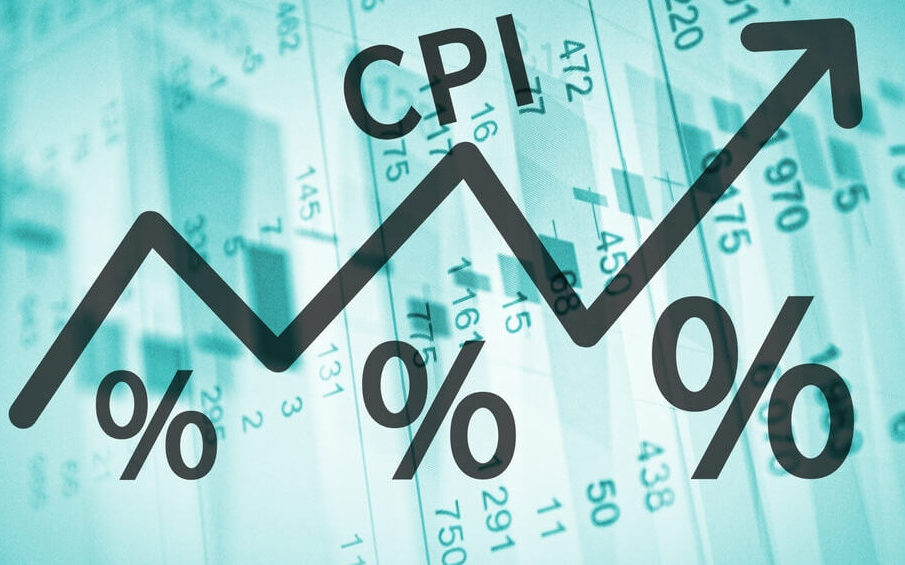The Senate passed the Inflation Reduction Act, and the House of Representatives may follow up with a vote next week.
I touched on some of the bill’s investment implications earlier this week.
But today, I want to focus on why inflationary pressures won’t go away soon despite numbers trending in the right direction. If you didn’t catch the headline, the Consumer Price Index (CPI) rose 8.5% in July, which broke the monthslong trend of higher and higher inflation reports.
2 Forces Create Inflation
You can break inflation down into supply factors and demand factors.
When demand grows faster than supply, you get inflation.
You get deflation if a supply shock reduces supply with no commensurate decrease in demand.
The demand factors are easier to conceptualize, so let’s talk about those first.
How Demand Manufactures Inflation
The Federal Reserve uses its control over its benchmark interest rate (aka the federal funds rate), along with a slew of other tools, to regulate the price and availability of credit, which is a major driver of demand.
Debt allows us to buy things today we might not be able to afford for years.
Lower interest rates mean it’s cheaper to pull future demand into the present. You may opt to make a big purchase like a car because rates are so low.
The higher the interest rates, the more it makes sense to hold off on certain purchases.
So the Fed is attempting to manage demand by setting interest rates.
It’s not perfect, and there is a lot of noise in the data, but it works.
Lower rates spike the punchbowl and keep the party going.
Higher rates take the punchbowl away and sober us all up.
There are other factors that influence demand:
- Government spending.
- Demographic factors (births, immigration, etc.)
- Consumer sentiment.
- And the general health of the job market.
The Fed tends to be the dominant factor, at least in any short-term window.
That’s the demand side.
Now let’s talk supply.
How Supply Factors In
In a simple commodity-based economy, cost-push inflation is easy enough to understand.
A shortage of crude oil makes gasoline more expensive. A surplus makes it cheaper.
But the more complex an economy is, the more complex the concept of supply becomes.
What is the “supply” of Microsoft Excel spreadsheets, cloud computing capacity or billable accounting hours?
Technology and globalization have had the greatest impact on supply over the past 40 years.
Technology’s impact is most obvious in services, and globalization’s is most obvious in goods.
Think about it.
Buying a plane ticket used to involve going to a travel agent or making a phone call.
Today, apart from the airport security line, you might not interact with a single human being.
You buy the ticket online and check in to the flight using your phone. If you check a bag, you can print out the label at a kiosk.
Lines of computer code accomplish the task of multiple human jobs — at a much lower cost.
This did wonders to keep inflation in check over the past 30-plus years.
The opening of China four decades ago, along with Russia and the former Warsaw Pact countries in the 1990s, had a similar effect on manufacturing.
Lower costs overseas lowered the price of “stuff“ and kept a lid on inflation.
Well, disinflation or even deflation in services may just be getting started.
As artificial intelligence (AI) advances, computers will be able to tackle more basic service functions.
Why pay a housekeeper if your robotic vacuum cleaner can work by itself?
What’s the point of paying for a taxi or Uber if your car can drive itself?
If companies can find a line of code to replace a service function, they will.
But inflation in “stuff” is another story altogether.
The Spotlight Remains on Inflation
Globalization as we know it is dead.
COVID dealt the mortal blow, and the Russian invasion of Ukraine unplugged the life support.
We’ve heard for months that “supply chain issues” are a major driver of inflation.
But supply chains are not getting put back together.
They’re getting scrapped altogether.
The relationship between China and the West was always complicated.
Neither side was comfortable with mutual dependence.
Then the pandemic happened and exposed how fragile the system was.
Factory closures in Asia, specifically China, had ripple effects across the globe.
Fool me once, shame on you. Fool me twice, shame on me.
No Western company wants to risk having its lifeline cut off like that again.
The buzzword of the day is “shortening” the supply chain by having fewer nodes and bringing production closer to home.
And we’re seeing those efforts come to fruition.
Supply Chain “Fix” Isn’t Perfect
Congress passed the CHIPS and Science Act earlier this week.
It invests more than $200 billion in domestic semiconductor manufacturing.
With globalization going into reverse, the disinflation we enjoyed as prices fell is also going into reverse.
In the post-COVID world, every country wants to become more self-sufficient.
Manufacturing at home involves major investment and isn’t cheap.
There are signs that the nasty inflation we saw in the first half of the year is receding.
New CPI data shows a drop from 9.1% in June to 8.5% in July.
If the recession we’re in is severe, we could see inflation drop a lot more.
Bottom line: But don’t expect pre-COVID inflation levels anytime soon.
The unwinding of 40 years of globalization will create inflationary headwinds that may be with us well into the next decade.
To safe profits,
Charles Sizemore, Co-Editor, Green Zone Fortunes
Charles Sizemore is the co-editor of Green Zone Fortunes and specializes in income and retirement topics. He is also a frequent guest on CNBC, Bloomberg and Fox Business.
